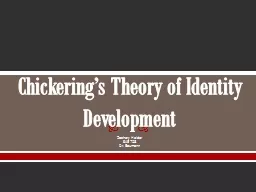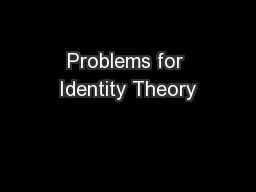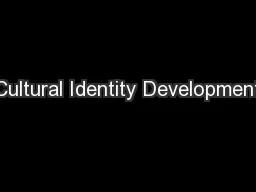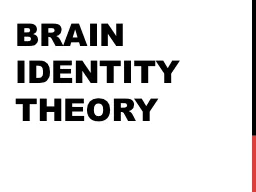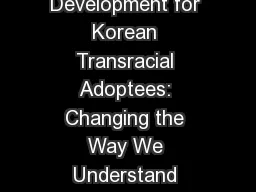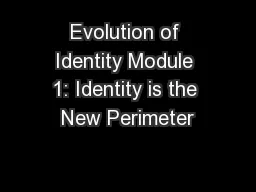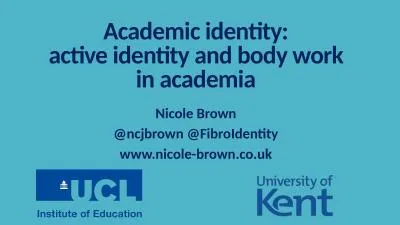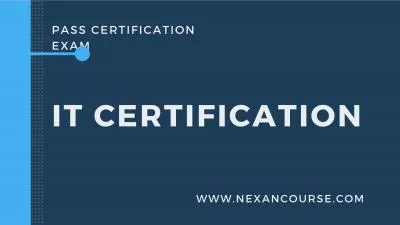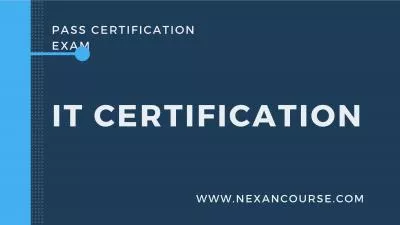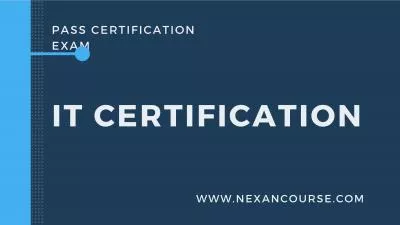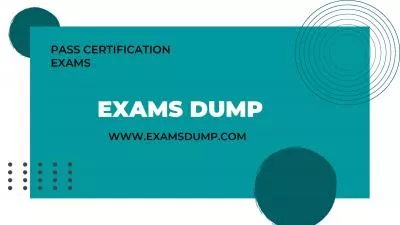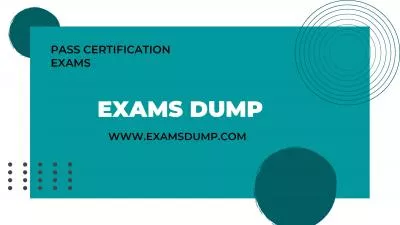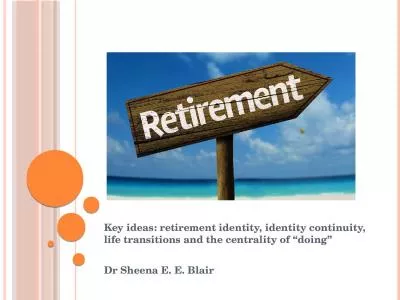PPT-Chickering’s Theory of Identity Development
Author : acenum | Published Date : 2020-06-19
Zachery Holder SAE 723 Dr Baumann Authur Chickering Eriksons Theory identity and intimacy Education and Identity 1969 based on research he conducted at Goddard
Presentation Embed Code
Download Presentation
Download Presentation The PPT/PDF document "Chickering’s Theory of Identity Develo..." is the property of its rightful owner. Permission is granted to download and print the materials on this website for personal, non-commercial use only, and to display it on your personal computer provided you do not modify the materials and that you retain all copyright notices contained in the materials. By downloading content from our website, you accept the terms of this agreement.
Chickering’s Theory of Identity Development: Transcript
Download Rules Of Document
"Chickering’s Theory of Identity Development"The content belongs to its owner. You may download and print it for personal use, without modification, and keep all copyright notices. By downloading, you agree to these terms.
Related Documents

